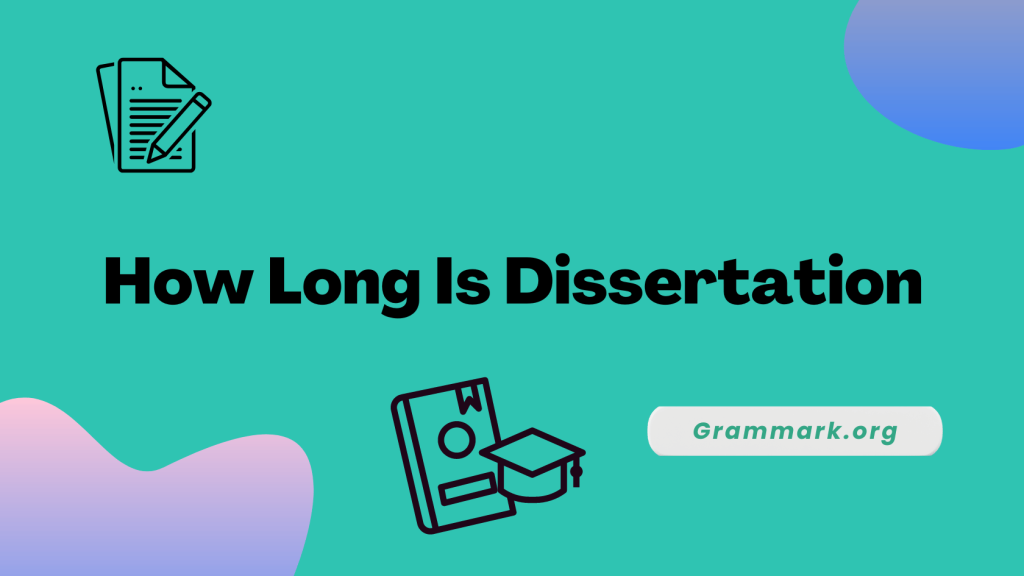Writing in 2024 brings new opportunities and challenges for writers. Whether you’re crafting a novel, a blog post, or a research paper, having a reliable checklist can streamline your process and enhance your productivity. This guide provides a quick and practical writing checklist tailored for writers in 2024.
Let’s get into the details!
Quick Writing Checklist for Writers in 2024
- Plan Your Content: Outline your main ideas and structure before you start writing.
- Research Thoroughly: Ensure your information is accurate and up-to-date.
- Engage Your Audience: Write with your readers in mind, making your content relatable and interesting.
- Use Clear Language: Avoid jargon and complex words; simplicity is key.
- Edit and Proofread: Check for grammar, spelling, and punctuation errors.
- Optimize for SEO: Use relevant keywords to improve your content’s visibility online.
- Incorporate Visuals: Add images, charts, or videos to make your content more engaging.
- Check Readability: Ensure your content is easy to read and understand.
- Stay Updated: Keep up with the latest writing trends and tools.
- Seek Feedback: Get input from peers or mentors to refine your work.
Things To Add To Your Writing Checklist
If you’re wondering what to include in your writing checklist, I have got you covered. Before creating the final list, you have to break down the writing components into several areas, which are as follows:
- Ideation
Begin by brainstorming ideas, looking for inspiration, finding interesting topics, and creating a unique angle for your writing.
- Extensive Research
After shortlisting your topic, dig deep into the subject matter. Understand different perspectives, analyze statistics, and collect all necessary information to move forward.

- Mechanics
Mechanics refer to grammar, punctuation, and spelling checks. You can do it manually, but it’s best to use a writing tool like Grammarly or Ginger to ensure your text is free from all errors. A well-written piece is not only easy to read but also leaves a good impression.
- Word Limit
While researching, see the word limit of competitors and set a limit. Keep track of your word count because it’s essential to maintain the defined limit while producing meaningful and complete content.
- Content structure: Introduction, content body, & conclusion
The structure of the content needs to be cohesive. It must have a storyline to put your message across. Therefore, every piece should have a proper beginning, middle, and end.

Guide your readers through an introduction, a content body, and a conclusion so they can understand the core meaning of the text.
- Citations
Don’t forget to cite the original sources when you borrow ideas or quotes. Give acknowledgment where it’s due. It’s about being ethical and avoiding plagiarism.
Sometimes, we forget to record sources, leading to unintentional plagiarism. Hence, it’s crucial to record every book, research paper, and additional material you use while writing.
- Personalization
Add your unique perspective to the text by putting your take on a particular subject matter. Try bringing in new information that has not been covered before. This way, you can show your expertise while covering a broader perspective of the topic.
- Relevant Pictures
Visuals make the content more attractive while adding more depth to your writing. However, the pictures you add should be relevant and go in sync with your topic.
Also, always link the source of the image and only use copyright-free pictures.
- Formatting
Proper formatting should include headers, bullet points, adequate spacing, consistent font, and bold or italic texts wherever required. This makes your writing easily skimmable and visually appealing.
- Links
Add external and internal links to increase the credibility of the content. Links provide additional information, boost SEO, and make the piece more reliable.

- Proofreading and Editing
This is the final polish your writing requires. Proofread the text multiple times and edit parts that require improvement.
I would recommend running your text through a writing tool once more to ensure there are no grammar, spelling, or punctuation errors. Also, use a plagiarism checker to detect any duplicate content.
Should The Writing Checklist for Commercial And Academic Writing Be Different?
Yes, the writing checklist for commercial and academic writing varies slightly due to the unique characteristics and objectives of the two.
The writing checklist for a commercial topic might focus more on including elements like SEO optimization, simple diction, avoiding jargon, readable formatting, and audience appeal.
Moreover, there is usually a significant difference between the word count limitations of commercial and academic projects.
On the other hand, academic writing serves to argue, analyze, and explore scholarly or more research-intensive concepts.
The checklist of such type of writing requires the utmost attention to adhere to the guidelines of specific styles of writing such as APA, MLA, or Chicago style writing.
These types of writing prioritize aspects like appropriate citations, academic language, proper formatting, etc.
Whatever the style of writing, a few things that won’t skip your writing checklist are correct grammar, punctuation, spelling, clarity, and zero plagiarism.
Related Reads:
Final Thoughts On Writing Checklist!
There you have it—a detailed writing checklist for error-free, well-organized content. Incorporating the mentioned steps will make your content clear, increase readability, and interest your readers.
If you have further questions about a writing checklist, drop them in the comments.


